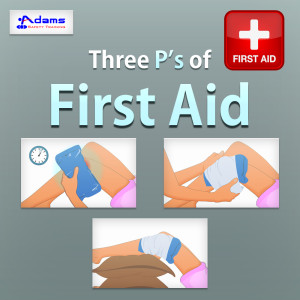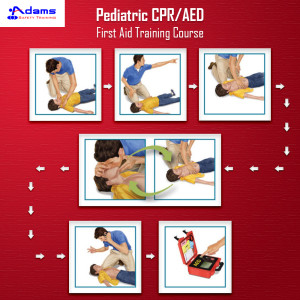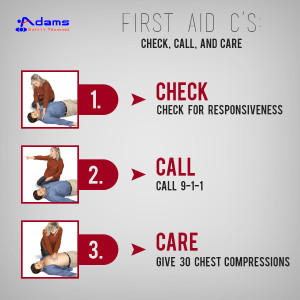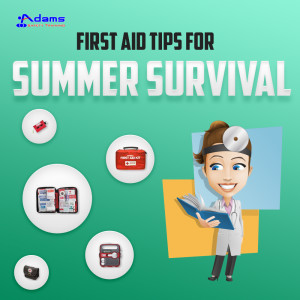The AVPU Mnemonic is an acronym for Alert, Voice, Pain, and Unresponsive. It is a system that can be used by first responders and emergency medical professionals to measure or record a victim’s responsiveness at the time of emergency situation. The four levels of AVPU scale include:
‘A’ stands for Alert: In this state, the patient is fully awake and alert. Though neurologically patient may not respond normally, but they can respond to your voices and follow commands given by first responders.
‘V’ stands for Voice: It may happen that the victim is not alert but you can get them to open their eyes. If the injured person obeys a command given by you or is able to speak to you, then you can say that they are responsive to voice.
‘P’ stands for Pain: In this state, the victim doesn’t talk or respond to your voice. They only respond to a pain stimulus when you try pinching him/her.
‘U’ stands for unresponsive: If the patient is not showing any voice or motor response to your voice or pain stimulus, then they are completely unconscious.
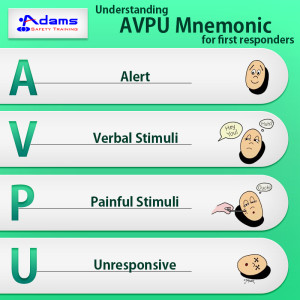
The 4-points of AVPU Mnemonic help in faster assessment of the injured person’s consciousness level by first responders, EMTs, doctors, and nurses. The AVPU scale is very helpful in determining the level of responsiveness of the victim in an emergency setting.


